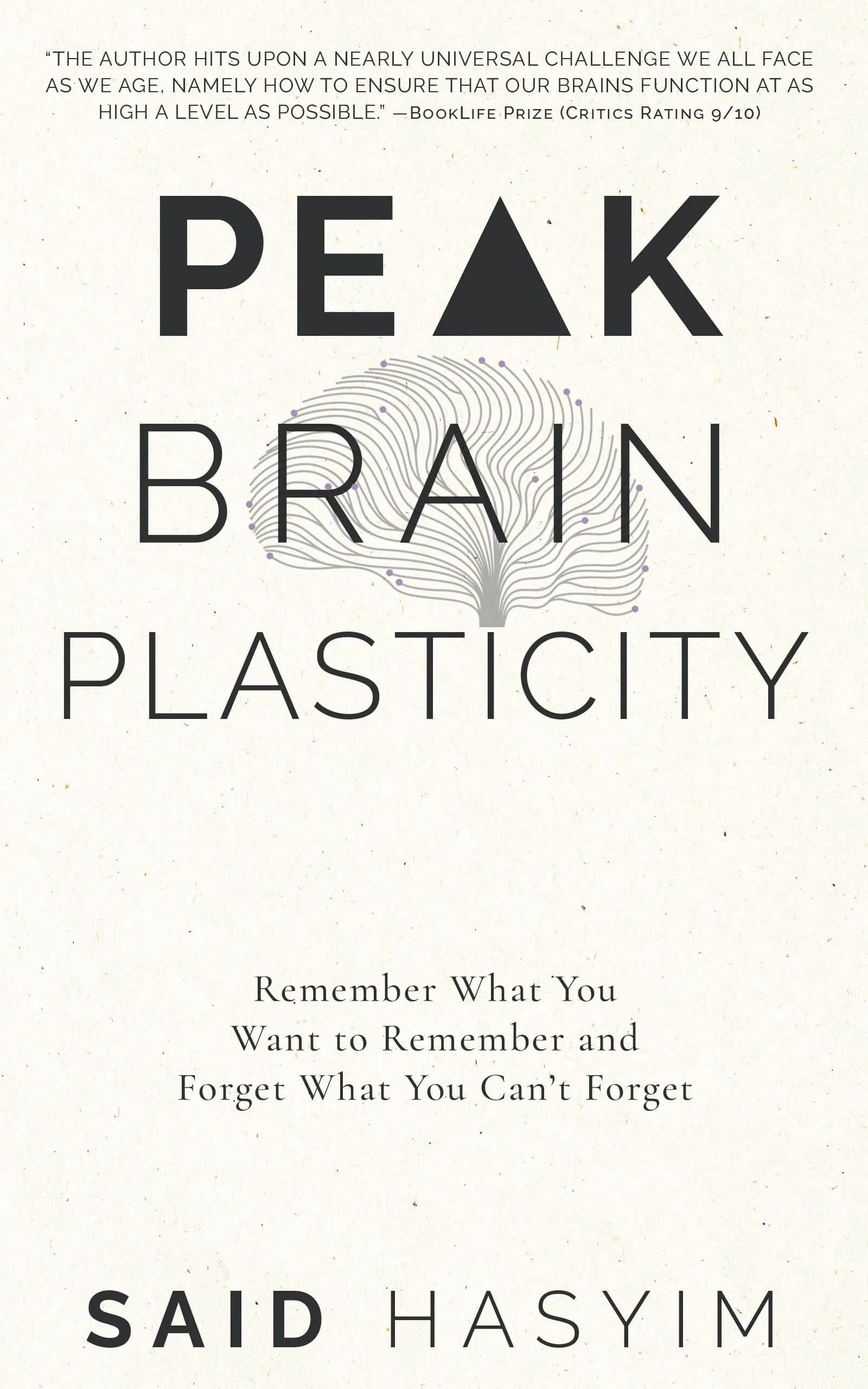Techniques for Memory Cues and Reminders
Memory is an intricate tapestry woven from our experiences, knowledge, and skills. Yet, despite our best intentions, we often find ourselves grappling with forgetfulness, struggling to recall important dates, tasks, or even names. Fortunately, there are numerous techniques available that can help enhance our memory retention and recall abilities. In this blog post, we will explore various memory cues and reminder techniques that can help you keep information fresh and easily accessible.
Understanding Memory Cues
Memory cues are stimuli—external or internal—that trigger the recall of information stored in our minds. These cues can take various forms, such as visual imagery, sounds, or even emotions. The association formed between a cue and the information it triggers is essential in memory retrieval.
The Science Behind Memory Cues
Memory functions through a complex interplay of encoding, storage, and retrieval. When we encounter information, our brain encodes it as a neural representation. The stronger the association we create with that information, the better we can retrieve it later. This understanding lays the groundwork for utilizing memory cues effectively.
Techniques for Memory Cues
Below are several strategies you can employ to enhance your memory using cues and reminders:
1. Mnemonic Devices
Mnemonic techniques are classic memory aids that help in encoding information through easily memorable phrases, acronyms, or patterns. Here are a few popular types:
- Acronyms: Create a word where each letter stands for different components you need to remember. For example, "HOMES" is used to remember the Great Lakes: Huron, Ontario, Michigan, Erie, and Superior.
- Rhymes and Songs: Setting information to a familiar tune or creating a rhyme can make it easier to recall. Think of how children learn the alphabet song; the rhythm helps cement the letters in their minds.
- Chunking: Break information into smaller, manageable chunks. For example, instead of trying to remember a long number like 123456789, you can chunk it into 123-456-789.
2. Visualization Techniques
Visual memory can be incredibly powerful. The act of associating information with vivid imagery can make it more memorable. Here are some strategies:
- Mind Mapping: Create a visual diagram that illustrates the relationships between ideas or concepts. By representing information visually, you enhance your ability to recall details.
- The Method of Loci: Also known as the memory palace technique, this involves associating items you need to remember with specific locations in a familiar setting. Imagine walking through your home and placing each memory item in a different room.
3. Association Techniques
Association is the process of connecting new information with what you already know. To strengthen your memory, try these methods:
- Link Method: Form a story or narrative that links concepts together in a sequence. The more outrageous or eccentric the story, the better, as it creates a stronger mental image.
- Semantic Association: Connect new information to something meaningful or familiar. For example, if you're trying to remember a person's name, think of someone else you know with the same name or an image that represents that name.
4. Routine and Contextual Learning
Context plays a vital role in memory retention. To create effective cues and reminders:
- Habit Stacking: Attach new information to existing routines. If you want to remember to take your vitamins, do it right after brushing your teeth. The established habit acts as a prompt.
- Environmental Cues: Surround yourself with reminders in your environment. For instance, placing sticky notes with keywords in strategic locations can trigger recall when you see them.
5. Technology and Digital Reminders
In today’s tech-driven society, leveraging technology can aid memory significantly:
- Calendar Apps: Use your smartphone or computer calendar to set reminders for appointments, deadlines, and events. Consider setting alerts for both the day before and the morning of an important occasion.
- Task Management Tools: Utilize applications designed to manage tasks and responsibilities, like to-do lists or project planning apps. The visual representation of your tasks can help you keep on track.
6. Repetition and Review
The classic adage "practice makes perfect" rings true when it comes to memory retention:
- Spaced Repetition: Instead of cramming information, study it over a period, increasing gaps between review sessions. This technique capitalizes on the spacing effect, which enhances long-term memory.
- Teach What You Learn: Explaining concepts to others can reinforce your understanding and retention. Teaching someone else requires you to organize your thoughts and clarify your knowledge.
Conclusion
Mastering memory cues and reminders can transform your ability to retain and retrieve information. By experimenting with these techniques—mnemonic devices, visualization, association, environmental cues, technology, and repetition—you can discover what works best for you. Remember that consistency and practice are key to enhancing memory skills.
As you explore these methods, keep an open mind and be willing to adapt your approach. Whether you're preparing for an exam, trying to remember important dates, or simply aiming to enhance your everyday memory, employing these techniques will pave the way for a more organized and memorable life.
Harness the Power of Neuroplasticity
Discover Peak Brain Plasticity, a practical book to harnessing neuroplasticity. Enhance your memory, learn new languages quickly, and alleviate anxiety with effective study methods. Uncover daily habits that impact cognitive health and explore techniques for accelerated learning and memory retention. Unlock your brain's potential for growth and transformation.
